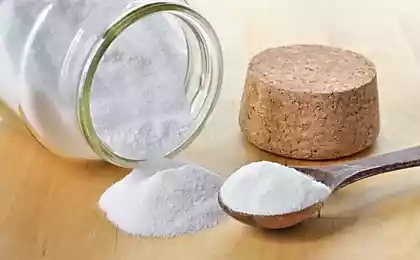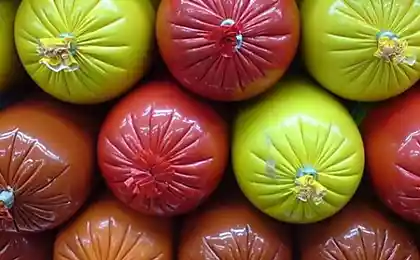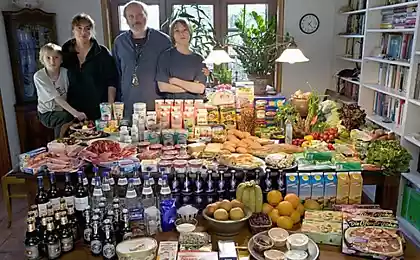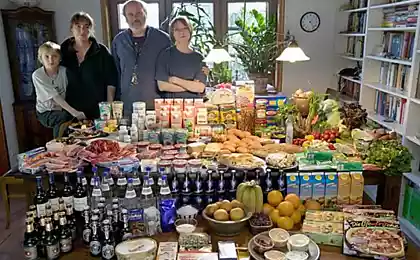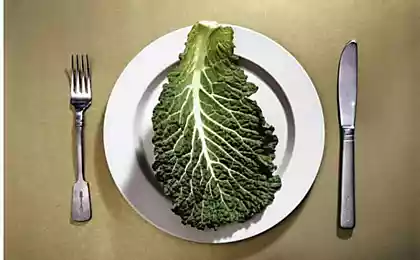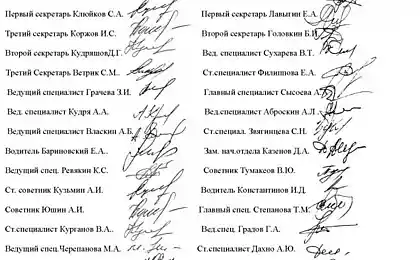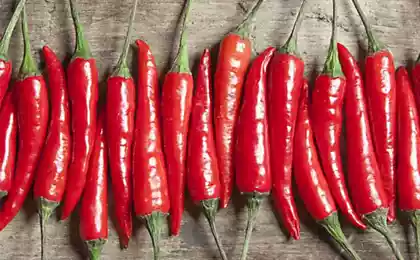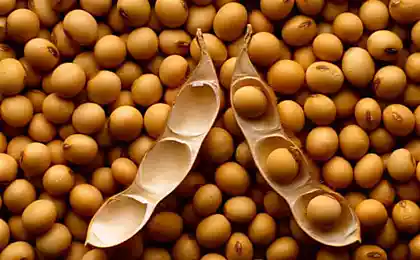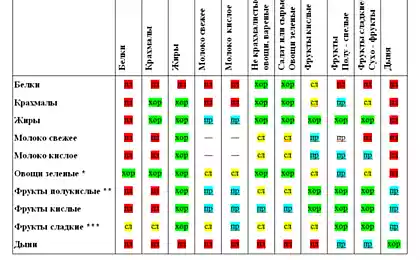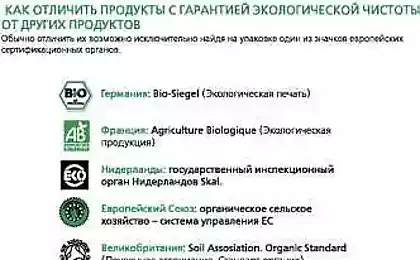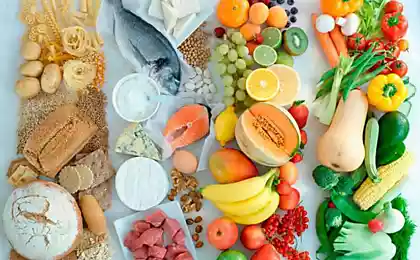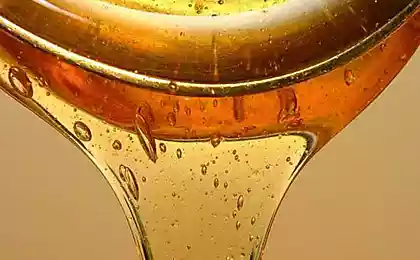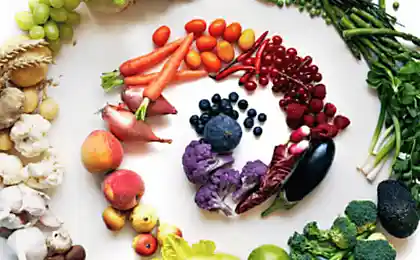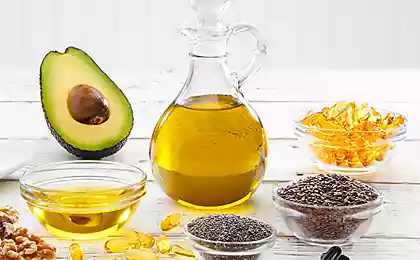629
4 glaring fact about how the food industry forges Products
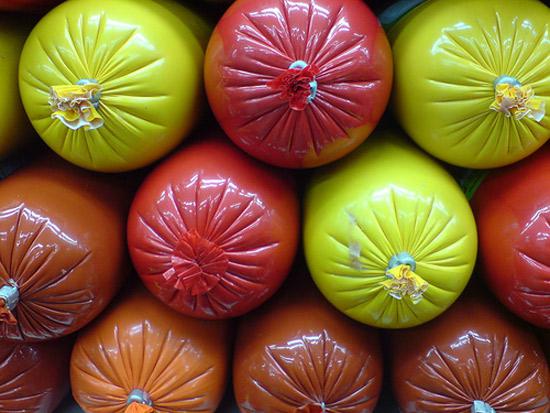
Food production is likely to never get tired to amaze us with ingenuity, especially when it comes to the creation of fake products. Here are a few facts to support it.
1. Most of the honey, soy sauce and spices shop - falshivka
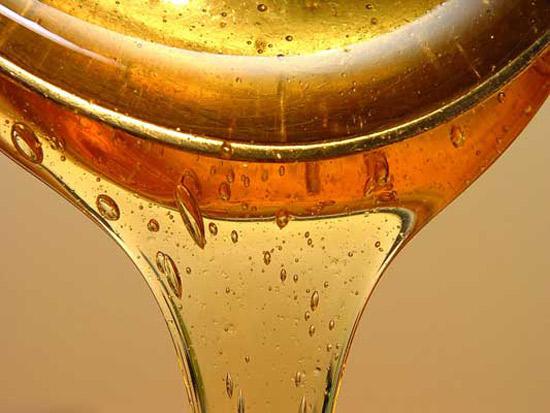
Most of the honey market participants around the world to buy honey of questionable quality in China. The Chinese honey pollen is usually filtered - this is done to disguise its origin. Consequently, the resulting substance honey rightfully can be called.
Soy sauce, too much of a fake, although it would seem, the very soybeans - the raw material is quite affordable. Here the point is that the process of production of the soy sauce is too long and time consuming. Therefore, many enterprising producers decided to refocus on the "precocious" imitation, which is preparing for three days, and kept incomparably longer.
The basis of fake soy sauce - hydrolyzed vegetable protein. Plus dyes, salt, and of the good old corn syrup - where without it. This is exactly what you will be served with sushi. You think real wasabi? Hardly. Rather, it is the most common horseradish, mixed with the usual mustard and colorant.
But worst of all, perhaps, is the case with saffron. It is expensive, no wonder it is called the "king of spices". Per kilo of the saffron will have to pay about twenty thousand dollars. That's impressive, considering that most manufacturers claiming to sell spices only "high quality", in fact, in each package saffron ten percent or so. The rest - worthless crushed plants.
2. Using a special glue scraps of meat can make a big and tasty steyk
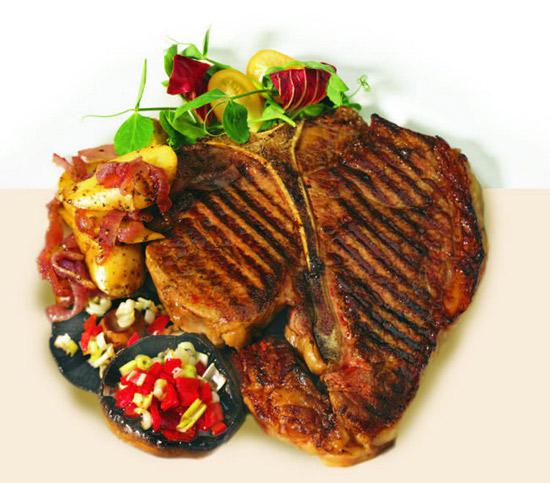
The substance that glues the pieces of meat, called "transglutaminase" or simply "meat glue". This enzyme makes it possible to give a fashionable chefs have cooked meat dish or crab-kotletkekakuyu nibudzateylivuyu form.
Much less innocuous looks other use of transglutaminase. In a large meat production always remains a lot of pieces and scraps that are suitable except in the animal feed. And thanks to the transglutaminase thrifty entrepreneurs can glue any waste of meat production into a single whole and to avoid financial losses. And the layman to distinguish such a mosaic from the usual piece of meat is very difficult.
Since the content of transglutaminase on the packaging does not indicate that the chances of their own to understand - the whole front of you a piece or glued - close to zero. The problem is not only that you "vtyuhivayut" cheap commodity, giving it the road. Your steak can be cobbled together from pieces of a dozen different cows that, because of the degree of infectious tissue density may require different time of heat treatment.
3. Salmon pink color tsvet
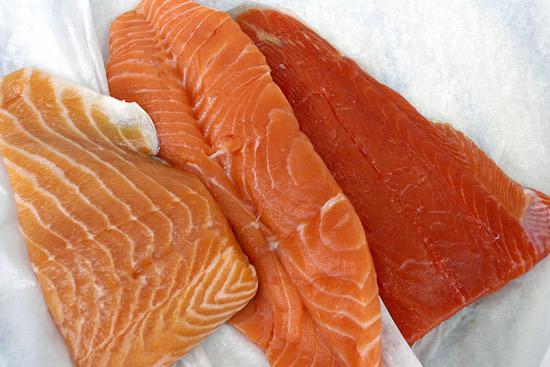
This color is salmon (trout, salmon), which lies on the shelves of our stores -bledno gray. Now it is mainly grown artificially - on farms, where the poor fish is devoid of natural food and live in such close quarters, practically unable to move.
Chtobypridat-takirybe beautiful pink color, manufacturers, as you may guess, stuffed it with special coloring agents. These pills salmon make even different shades - for different tastes owners aquaculture enterprises.
Today is grown on farms, about 95% of the Atlantic salmon, and virtually all of it - painted.
Of course, the salmon - is not the only product that is painted to give the presentation. Cyanotic chicken masked by using a mixture of marigold petals and dyes. The bread from wheat flour is added yellow or black sugar syrup to give the product of "healthy eating". The particular shade of orange cheddar cheese also comes from the combination of a specific coloring matter ...
4. The Italian Mafia is engaged in a fake olive masla
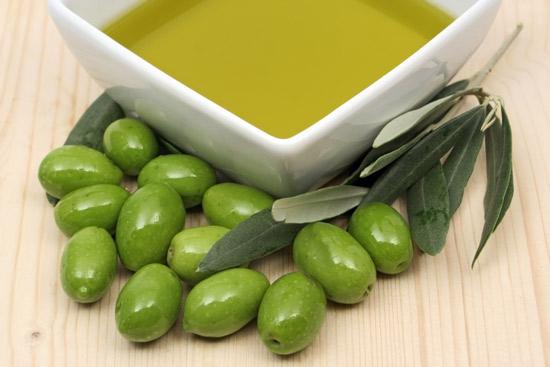
As strange as it sounds, but the falsification of olive oil - one of the most lucrative "activity" of the Italian mafia. Income from olive oil are comparable to their income from drug trafficking. For ordinary consumers, this means that most of the olive oil on the market or strongly diluted cheaper raw materials or a complete imitation.
That oil, which today are sold under the guise of high-quality olive oil, at least 80% - a mixture of cheap vegetable oils from Tunisia, Morocco, Greece and Spain. No special benefit from such a product, of course not. At least not more than from conventional sunflower oils. Surprisingly, people are so used to the taste of fakes is now a real pure product is often mistaken for a fake.
via factroom.ru



